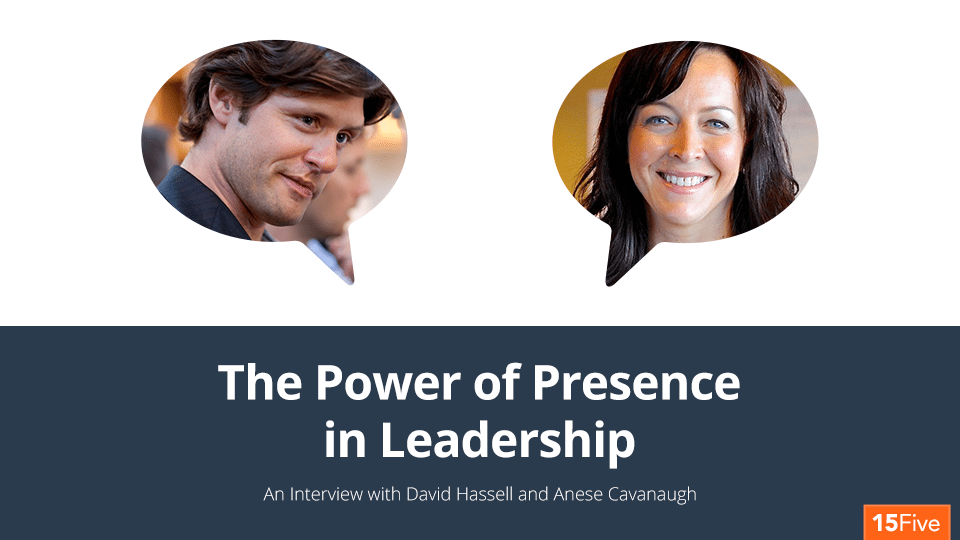The Power of Presence in Leadership
An Interview with Anese Cavanaugh
Several weeks ago I had the pleasure of interviewing Anese Cavanaugh, a leadership collaboration advisor and strategist, and the inventor of the IEP method — Intentional Energetic Presence. Anese helps to create cultures of collaboration, authenticity, and healthy leadership.
http://www.youtube.com/watch?v=PlDt4QqR83Q&feature=youtu.be
93% of leadership is showing up
IEP is how leaders show up and are experienced by others in their leadership roles. Studies have shown that only 7% of the impact that leaders have on their company culture is based on what they say and 93% is based on energetic presence, tone of voice and the intentions behind their words. In 1-on-1 interactions, this mismatch is easily observed by others. And as a result, the culture of the entire team is impacted.
Anese believes that a person’s awareness of their own intentions is the first step towards aligning what they say with their underlying energy. She aids her clients in discovering where they are not being completely present with their teams, and guides them towards a shift where the leader sheds attachment to an outcome. Instead, the clients realize that how they are being in the moment of engagement is far more important than what is said.
Being intentional and present all the time seems difficult, but Anese reminds us that the more we do it, the easier it becomes. When leaders are able to be more present, they inspire their teams’ best thinking and creativity.
Lead by example
As vehicles for change in the world, leaders have to take care of themselves first and the team second. This goes beyond career, and IEP has a holistic approach to nurturing all relationships: social, familial, and professional.
Whether they know it or not, leaders model behaviors for the rest of the company. Pushing themselves too hard is not a sustainable practice and soon they could have an entire workforce that is exhausted. Instead, Anese recommends cultivating health and vitality to model energy, stamina, and presence for the whole company. By accessing their greatest potential, leaders also demonstrate and inspire that practice for others.
As always, I ended the interview by asking for the best question Anese asks her team. She replied, “What is the impact that you want to have?” followed by “How do you have to show up to make it happen?” One of Anese’s recent hires showed the value of asking questions by explaining how that question is what got her excited about working for Anese in the first place.



